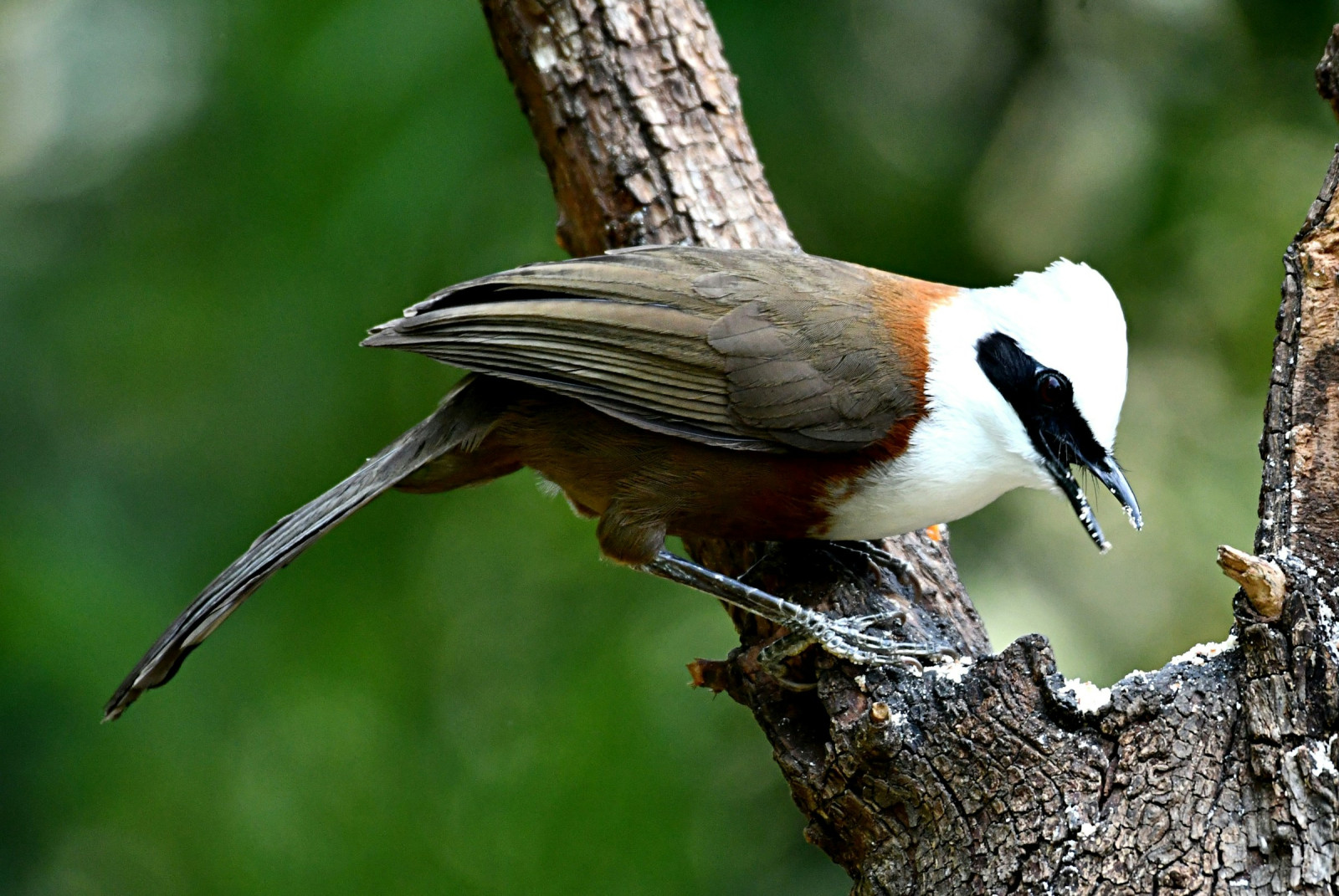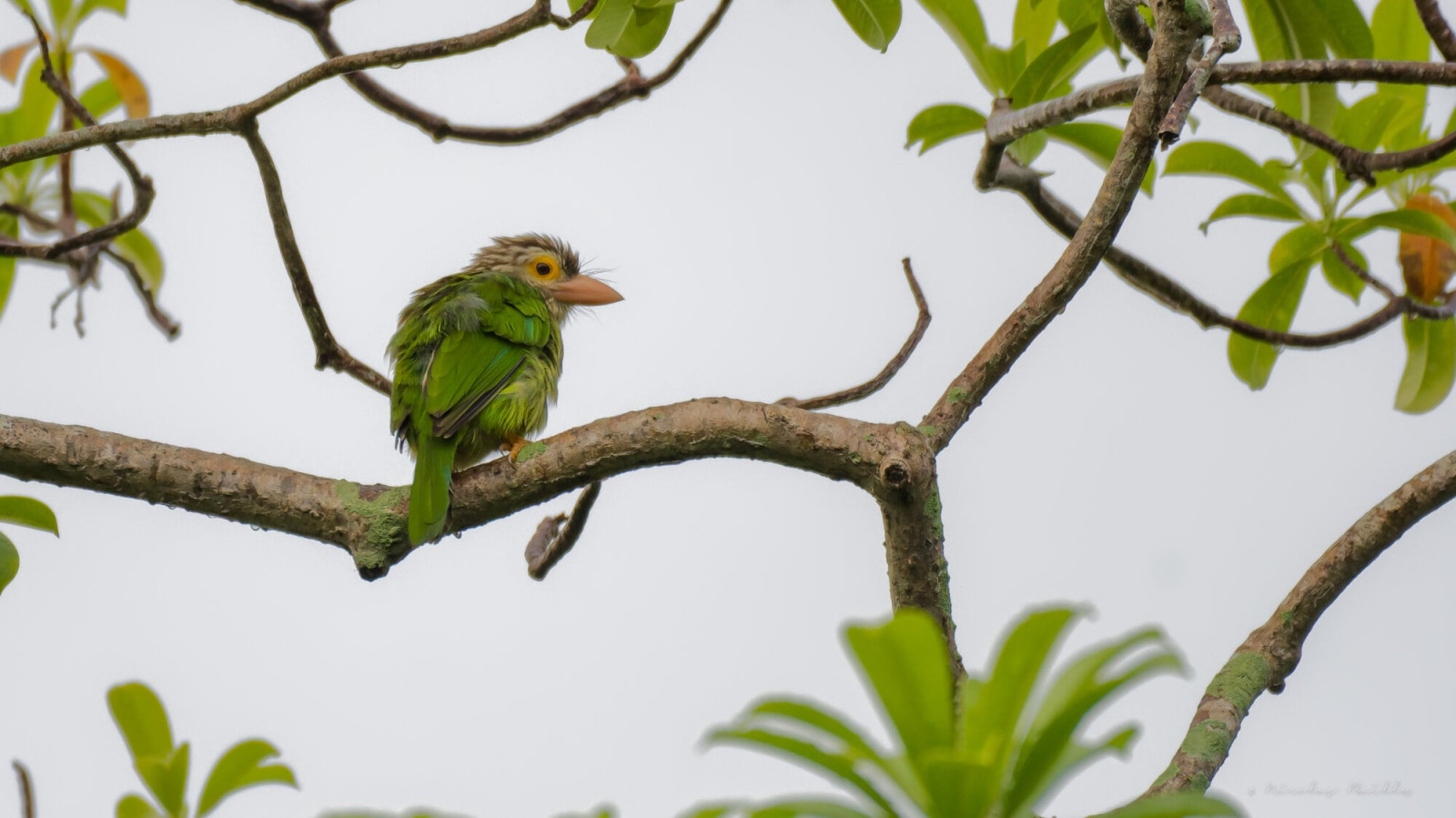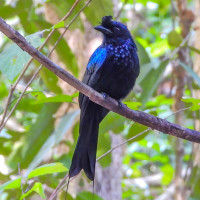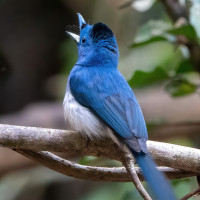Beschreibung
Wat Phra That Doi Kham is an impressive temple on a hill on the edge of Doi Suthep-Pui National Park. The temple itself is very much worth a visit and has a 17-meter-high sitting Buddha. The temple is surrounded by forest and the views are beautiful. Because of the location within the Doi Suthep-Pui National Park it is also a great place for birding. More than 350 birds species have been recorded in the national park. Among the birds you can observe around the temple are Golden-fronted Leafbird, White-rumped Shama, White-crested Laughingthrush, Puff-throated Babbler, Black-crested Bulbul, Greater Racket-tailed Drongo, Ashy Woodswallow, Lineated Barbet, Green-billed Malkoha, Black-naped Monarch, Oriental Honey-buzzard and Black Baza.
Details
Zugang
Wat Phra That Doi Kham is located directly west of Chiang Mai city and is easily accessible from the city by foot, taxi or tuk tuk. Press P on the map for directions or coordinates.
From the temple you have a beautiful view of the wide surroundings and of the forest and the treetops. Recommended: Explore the 500 meter long path and staircase that leads from the outskirts of the city to the temple. It takes you through a bird-rich slope. Make sure you are there early in the morning, because then you will see by far the most birds.





